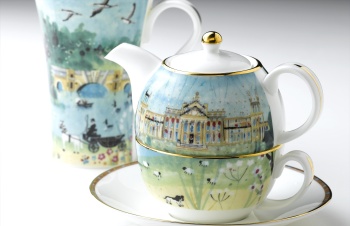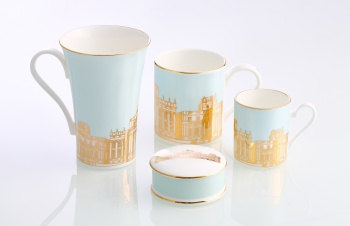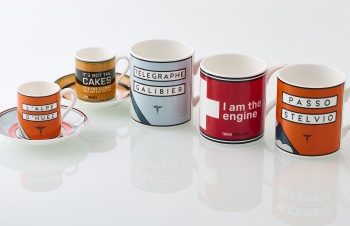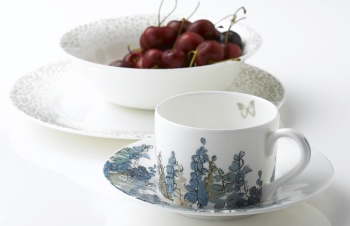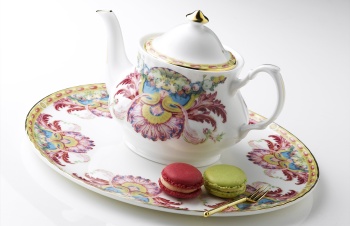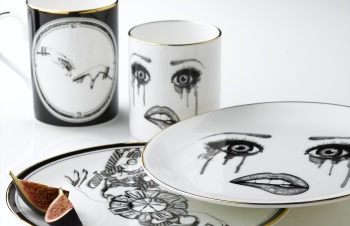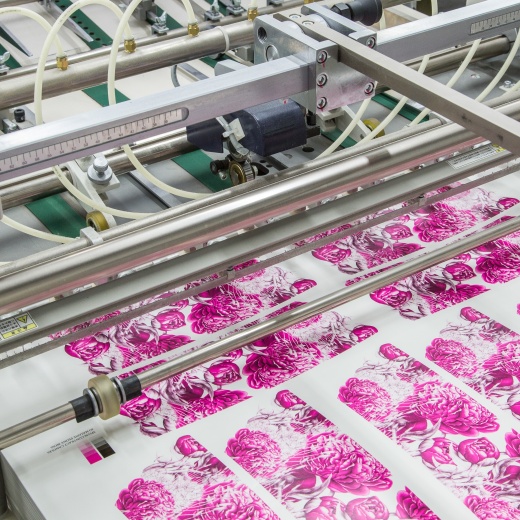Supplier of onglaze decals
Onglaze decal specialists
Onglaze decals are a type of decorative element used in ceramics to create intricate patterns, designs, or imagery on the surface of ceramic items.
These decals are made using ceramic pigments that can withstand high firing temperatures. They are applied over the glaze layer of a ceramic piece after the glaze firing, and are then fired again at a lower temperature to fuse the design to the surface, typically between 750°C and 850°C (1382°F to 1562°F). This technique allows for vibrant and detailed decorations, making it ideal for creating customized or artistic ceramic items such as tableware, ornaments or tiles.
The onglaze system has a larger colour range in comparison to inglaze and underglaze decals. However, out of these three options for surface decoration, onglaze decals offer the least durability. That said, onglaze decals are used in the decoration of hotel restaurant pieces and so must be able to withstand the heavy usage associated with such pieces.

Onglaze decal manufacturers
Uses and applications
- Tableware items such as plates, cups, saucers and teapots
- Architectural and decorative tiles
- Decorative sanitaryware pieces
- Ceramic bottles and flagons
- Ornaments and plaques
- Bone china, porcelaine, earthenware
- Ceramic candles vessels and diffusers
Common questions
To apply onglaze decals, the design is first soaked in water to release the backing paper. Once the decal has softened and is movable , it is carefully placed onto the surface of the item and smoothed down to remove any air bubbles or excess water. After it has dried completely, the piece undergoes a firing process, usually in a kiln, to secure the decal permanently.
Alternatively, there is an automated method that requires the use of a machine similar to a pad printer. Decals are printed on a waxed paper and are released and applied with heat and pressure.
The CMYK process is a color model used in color printing, which stands for Cyan, Magenta, Yellow, and Key (Black). These four inks are combined in varying amounts to create a wide range of colors on printed materials. The process relies on the principle of subtractive color mixing, where colors are created by subtracting certain wavelengths of light through the use of these inks. By layering tiny dots of each color, printers can produce accurate and vibrant images with fine detail.
As the ceramic pigment spectrum is not as wide as that of non ceramic inks, it is sometimes necessary to add additonal spot colours to enhance the CMYK set.














Get in touch
International enquiries welcome
- +44 (0) 1782 839464
- +44 (0) 1782 839464
- sales@siaktransfers.com

